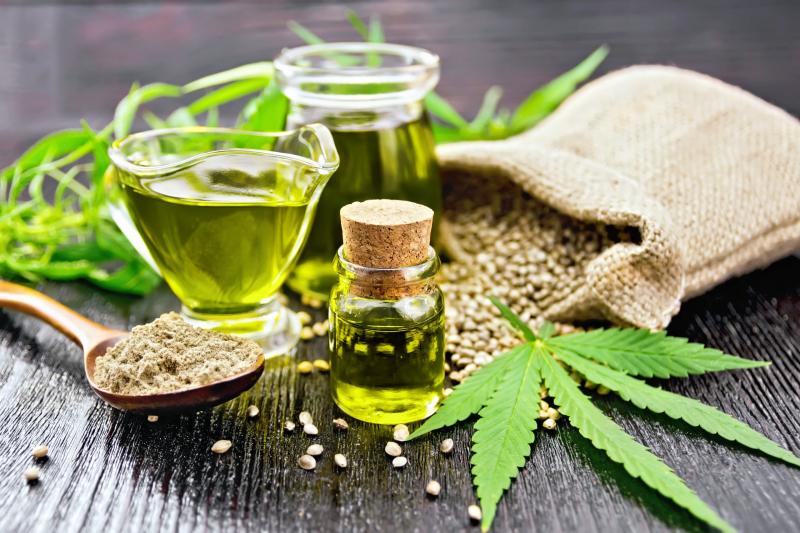Cannabis extracts have gained immense popularity in the medical and recreational marijuana industries in recent years. As scientific research into marijuana compounds like THC and CBD deepens our understanding of their therapeutic potential, more advanced methods of extraction are allowing for highly potent and customized cannabis products. In this article, we explore the different types of cannabis extracts available, their production methods, uses, and the evolving regulatory landscape around these concentrated forms of marijuana.
Common Extraction Methods:
A variety of solvents and techniques are used to separate cannabis compounds from the plant material and produce concentrated extracts.
CO2 Extraction
One of the most popular methods is supercritical CO2 extraction. Liquid carbon dioxide placed under high pressure and low temperature is passed through dry plant material, dissolving the THC, CBD, and other cannabinoids. The solution is then separated from the plant matter, leaving behind a pure extract free of toxic solvent residues. CO2 extraction is considered safe and results in high-quality oil or wax products.
Ethanol Extraction
Ethanol, or drinking alcohol, is another common solvent used for cannabis extraction. The plant material is soaked in high-proof ethanol which dissolves the cannabinoids. The ethanol is then evaporated, leaving behind a thick oil or wax consisting of THC, CBD and other compounds. While not as pure as CO2 extraction, ethanol extraction is effective and results in a potent extract.
Hydrocarbon Extraction
Hydrocarbon solvents like butane and propane have historically been popular extraction agents due to their low cost. However, residual solvents can remain in the final product if not fully purged. Alternative methods like ethanol and CO2 are now preferred for their safety.
Forms of Cannabis Extracts:
Understanding the different forms cannabis extracts take is important for both producers and consumers.
Oils & Tinctures
Extracts processed with heat and pressure slowly purge solvents and oxidize chlorophyll resulting in golden brown to amber colored cannabis oils. They have a thick, honey-like consistency and are popular for use in edibles, topicals or under the tongue. Cannabis tinctures use high-proof alcohols like ethanol or glycerin as solvents resulting in green or brown liquids for oral ingestion or mixing into drinks.
Waxes & Rosins
Extracts created at lower temperatures preserve more of the original color and terpene profile of the plant. Waxy concentrates have a putty-like texture and usually amber or light yellow hue. Rosins made via heat and pressure on dry-sifted or whole flower marijuana without solvents are a very light colored, crystalline form.
Shatter & Budder
Shatter is a glass-like solid extract ranging from golden to opaque colors derived using quick, low-heat purging techniques. Budder has a similar appearance to wax or peanut butter in consistency. Both deliver high potency and a strong taste/smell profile due to retained terpenes.
Uses of Cannabis Extracts:
The versatility and strength of Cannabis Extract have greatly expanded the ways consumers can enjoy marijuana products.
Dabbing & Concentrate Vaping
Dedicated glass dab rigs or vaporizer pens designed for concentrates allow consumers to inhale active compounds through highly concentrated extracts. This delivers very potent inhalation effects rapidly.
Edibles & Topicals
Extracts in oil or butter form are infused into foods and beverages like gummies, brownies or sodas. Creams, lotions and transdermal patches deliver cannabinoids through the skin for localized pain relief.
Medical Uses
Research has shown extracts high in CBD and low in THC may help treat conditions like epilepsy, inflammation, chronic pain and mental health issues when ingested or vaporized. Their strength and precision offers consistent, reliable dosing.
Regulations on Cannabis Extracts
As both medical and recreational marijuana programs continue evolving across North America, regulators aim to ensure consumer safety while allowing innovation.
Purity Standards
Most legal cannabis now require solvent-based extracts meet limits for residual solvents, heavy metals and microbial contaminants before sale. CO2 is preferred for its ability to yield purer products.
Dosage Labeling
Potency labeling aims to inform users of an extract's THC, CBD and terpene content. Correct dosing helps avoid over-consumption of highly concentrated extracts. Child-resistant packaging is also mandated.
Future of Cannabis Extracts
Scientific understanding of cannabis and extraction techniques advance rapidly. Emerging areas include nano-emulsification to improve bioavailability, full-spectrum cannabinoid products, and applications in fields like medicine, skin care and industrial lubricants. As legalization spreads internationally, a large regulated for cannabis extracts seems poised for significant worldwide growth.
Explore more information on this topic, Please visit -
https://www.newswirestats.com/cannabis-extract-market-forecasts-and-growth-analysis/
Explore more trending article related this topic -
https://captionssky.com/mineral-wool-a-new-rise-in-building-and-construction-industry/
https://captionssky.com/pistachio-the-wonder-nut-for-strong-global-growth/
https://www.pressreleasebulletin.com/the-largest-segment-driving-the-growth-of-semaglutide-market/
